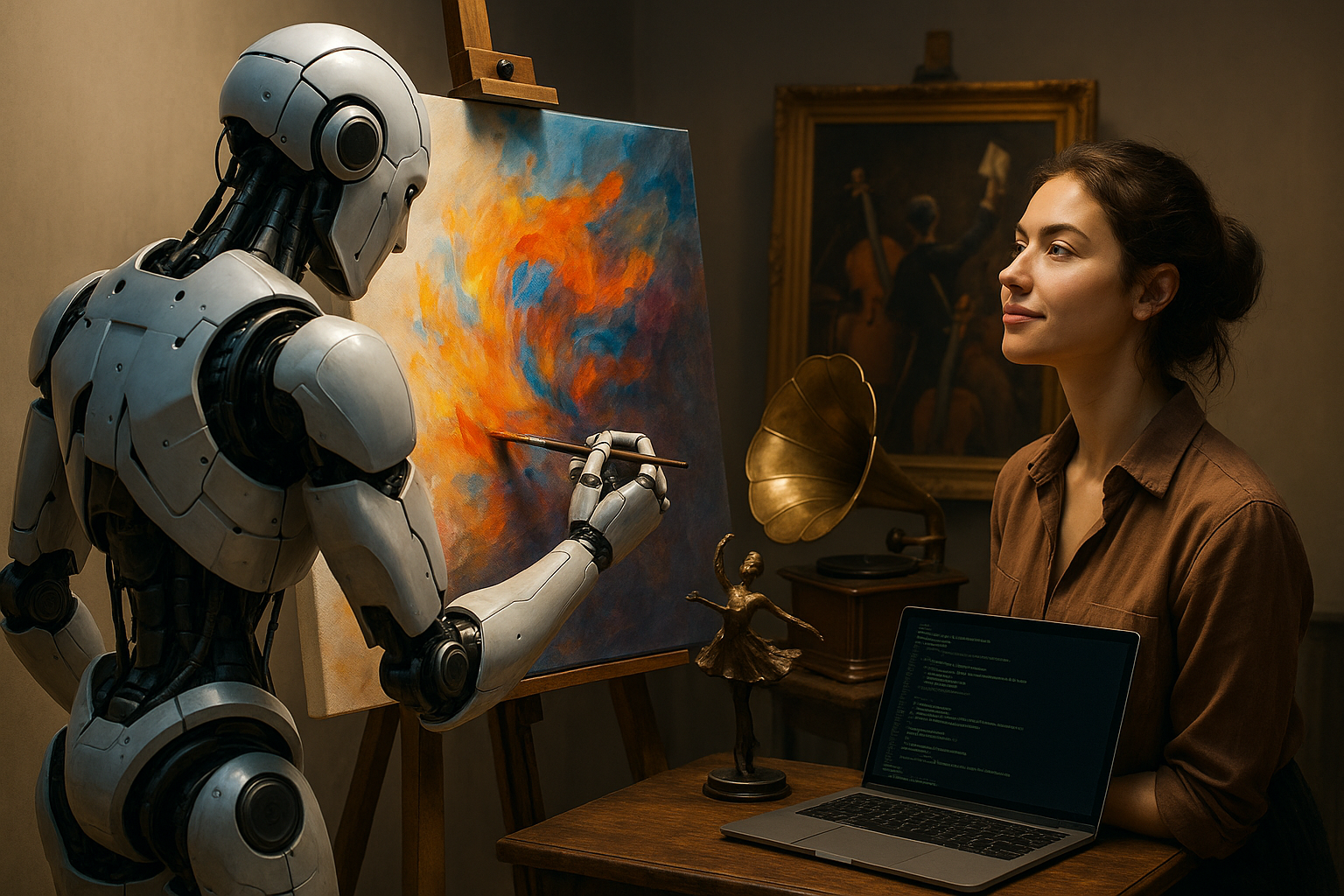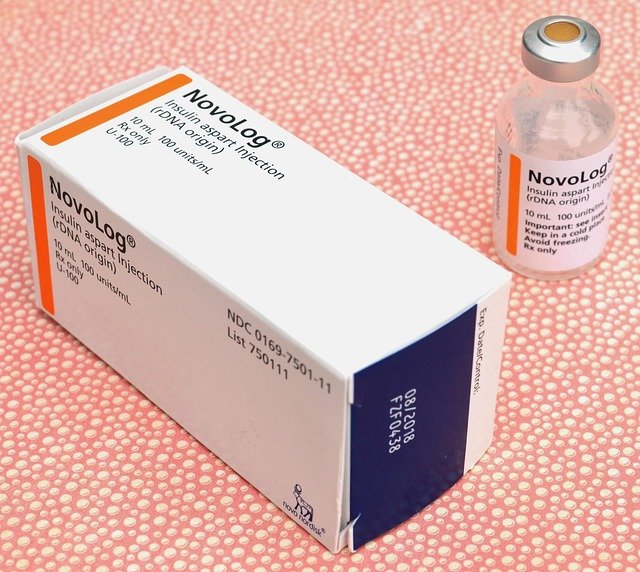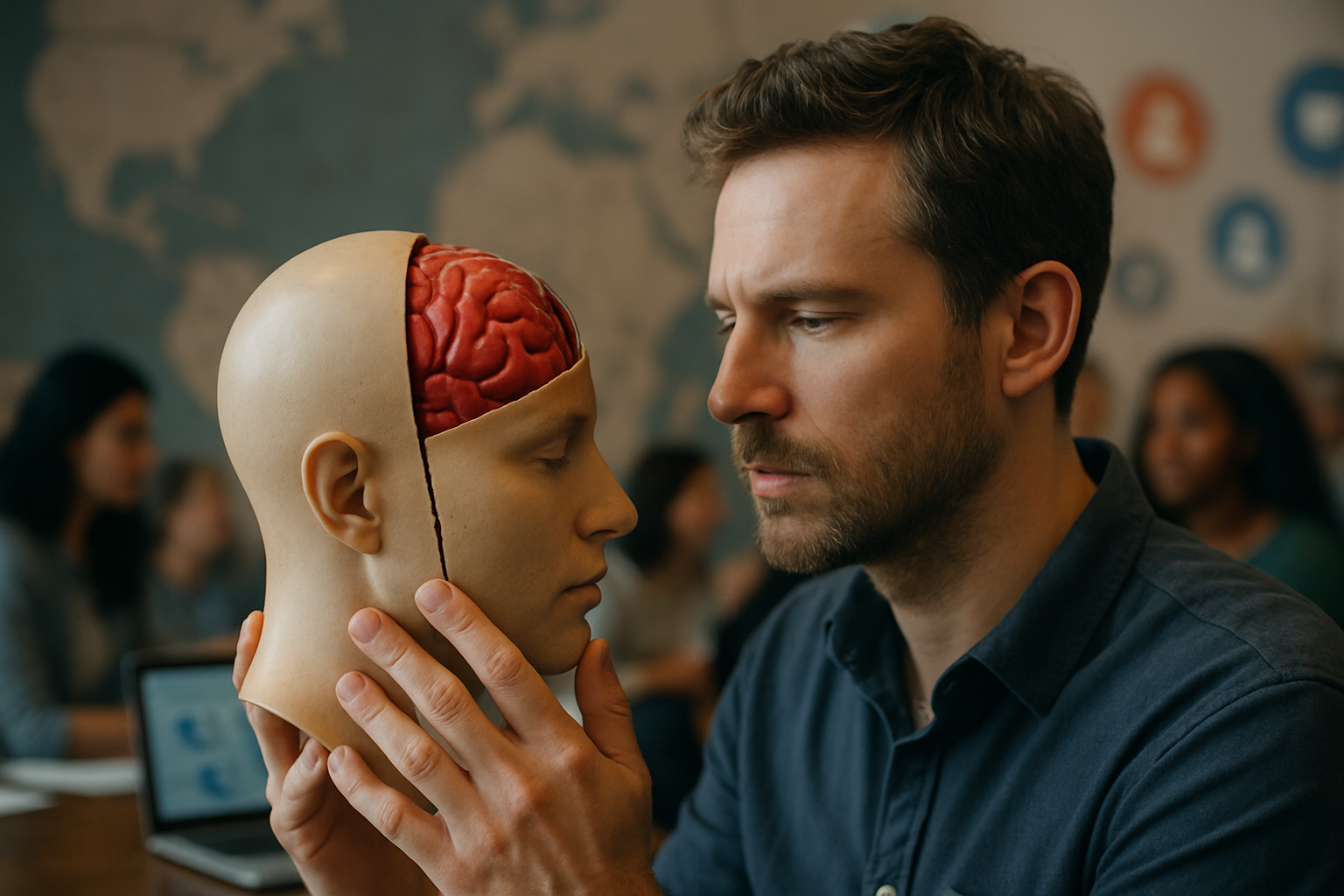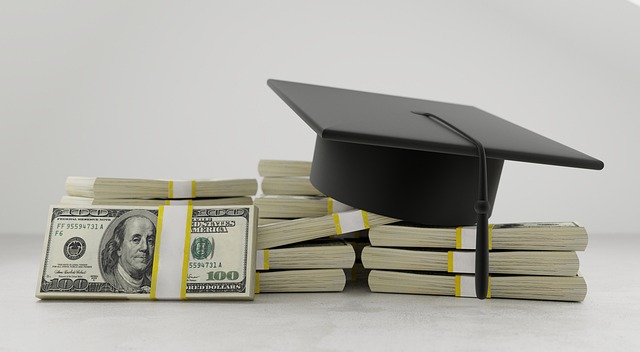A New Dawn: The Rising Influence of Artificial Intelligence in Creating Art
Artificial Intelligence (AI) is no longer confined to the realms of science and technology. It's making bold strides into the world of arts and entertainment, challenging our perceptions of creativity and authorship. This article delves into the exciting, complex, and sometimes controversial, world of AI in art.

The Intersection of Technology and Creativity
Artificial Intelligence has been making waves across various sectors, with its impact felt everywhere from healthcare to finance. However, one area where its influence is becoming increasingly intriguing is the world of art and entertainment. AI is not merely a tool used by artists but is now stepping into the role of the creator itself, raising fascinating questions about the nature of art and creativity.
Historical Journey of AI in Art
AI’s entry into the field of art isn’t an overnight phenomenon. It started in the mid-20th century with pioneers like Harold Cohen, a British artist who developed AARON, an AI program that could create original artistic images. As technology evolved, so did AI’s capabilities, moving from creating simple patterns to complex, evocative images that challenge human creativity.
AI Today: The New Maestro in Town
Today, AI’s role in art creation has reached unprecedented levels. It’s not just about creating visual art anymore. AI is now generating music, writing scripts, and even choreographing dance performances. In 2018, the first AI-created artwork, “Portrait of Edmond de Belamy,” was auctioned at Christie’s for a staggering $432,500, signifying a significant milestone in AI’s artistic journey.
Impact and Reception: A Mixed Bag
The rise of AI in art has been met with both awe and criticism. On one hand, it’s being celebrated for pushing the boundaries of creativity and offering new avenues for artistic expression. On the other hand, it’s been criticized for blurring the lines between human and machine-made art and challenging the very essence of creativity. Despite the mixed reactions, one thing is certain: AI’s role in art is here to stay.
The Future: A Canvas of Possibilities
With advancements in technology, AI’s capabilities in art creation are only set to grow. As we move forward, we can expect to see more collaborative efforts between humans and AI, leading to an exciting fusion of creativity and technology. Despite the debates surrounding AI’s role in art, its potential to transform the world of arts and entertainment is undeniable.
In conclusion, the intersection of AI and art is a fascinating space that’s challenging our traditional notions of creativity. As we navigate this new landscape, one thing is clear: the future of art is set to be as much about code and algorithms as it is about brushes and paints.




